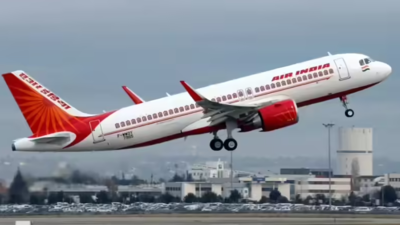In 1964, two radio engineers at Bell Labs, Arno Penzias and Robert Wilson, were trying to calibrate a sensitive antenna. They kept picking up an odd hiss of noise, no matter where they pointed the instrument. At first they blamed pigeons nesting in the dish. But when they ruled out all local interference, they realized they had stumbled upon something big. The hiss was from the cosmic microwave background — the afterglow of the Big Bang.
Meanwhile, just 60 kilometers away at Princeton University, physicist Robert Dicke and his team had been working on a theory predicting exactly this signal. They were preparing to build an instrument to detect it when they got a phone call from Bell Labs. As the story goes, Dicke hung up the phone and turned to his colleagues: “Well, boys, we’ve been scooped.”
So how far back in time was this hiss coming from? To know that we go back billions and billions of years in time
When it all began
About 13.8 billion years ago, the universe began as an almost unimaginably hot and dense point. The Big Bang was not an explosion in space, but an expansion of space itself. In the first few minutes, the simplest elements—hydrogen, helium, and a touch of lithium—were forged. But there were no atoms yet, only a plasma of nuclei and electrons.
Roughly 380,000 years later, things cooled enough for electrons to combine with nuclei and form neutral atoms. This event, called recombinationallowed photons—particles of light—to travel freely through space for the first time. That ancient light still surrounds us today as the cosmic microwave backgrounda faint glow detected in every direction. It is our earliest direct window into the cosmos.
At this time the universe was dark. No stars, no galaxies—just a cooling soup of particles and radiation, expanding in silence. For hundreds of millions of years after the Big Bang, there prevailed the cosmic dark ages: a period when the universe was transparent, but no stars had yet formed.
It took several hundred million years for tiny gravitational irregularities to grow into dense pockets of gas. These regions collapsed under their own weight, compressed by gravity and cooled by molecular hydrogen, until they ignited. The first stars burst into light. The universe, quite literally, lit up.
Story continues below this ad
Galaxy with cosmic baby fat
The very first stars — so-called Population III stars — were unlike any we see today. Born from pristine hydrogen and helium, they were massive, short-lived, and intensely bright. Some may have been hundreds of times the mass of our Sun, burning hot and dying young in titanic supernovae that scattered heavy elements across space. These explosions seeded the universe with the ingredients for future generations of stars, planets, and eventually, life.
Their formation also triggered a cosmic transformation known as reionization. The intense ultraviolet radiation from these first stars began breaking apart neutral hydrogen atoms in the surrounding intergalactic medium, re-ionizing the universe and making it once again opaque to certain wavelengths of light. Reionization ended the cosmic dark ages and reshaped the transparency and chemistry of space.
Astronomers have spent decades chasing the first stars. In 2001, a team using the Hubble Space Telescope announced they had seen the farthest galaxy then known—light from more than 13 billion years ago. It was a thrilling discovery, but also a reminder of how faint and hard to detect these early objects are. “We’re seeing the toddler photos of the universe,” one researcher quipped. “It still had cosmic baby fat.”
Search for Population III stars
We can’t see Population III stars directly—at least not yet. But telescopes like the James Webb Space Telescope (JWST) are pushing the observational frontier ever closer to the cosmic dawn. In its first year, JWST has already spotted candidate galaxies that may have existed just 300–400 million years after the Big Bang—possibly home to some of the first star clusters.
Story continues below this ad
Understanding this early period is more than a curiosity. It tells us where the elements in our bodies came from, how galaxies like the Milky Way formed, and what the ultimate fate of the cosmos might be. Each new observation peels back another layer of time, taking us closer to the beginning.
Going back to the scientists who first gave us evidence on the dawn of our universe. Arno Penzias and Robert Wilson won the 1978 Nobel Prize in Physics for the discovery. Robert Dickie, whose theoretical groundwork had laid the foundation for their success and was poised to discover it himself, never received the prize.
Shravan Hanasoge is an astrophysicist at the Tata Institute of Fundamental Research.



























































